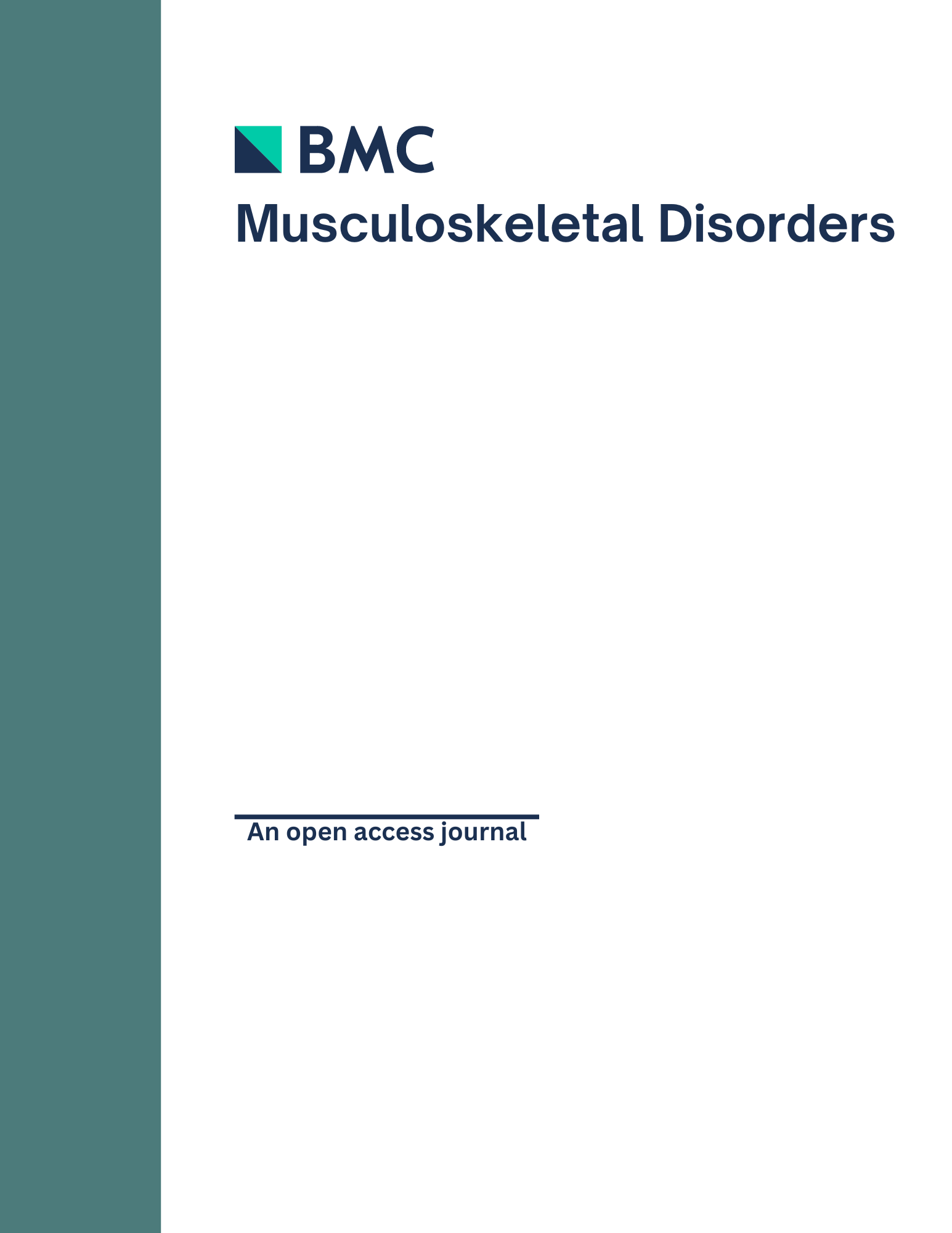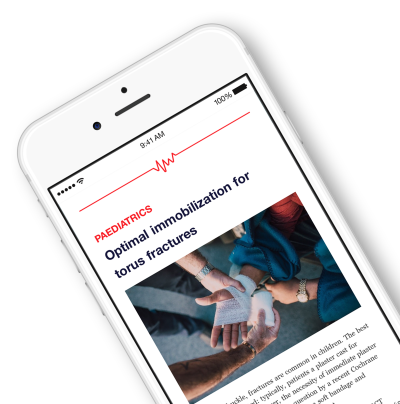
Benefit of specific vs general exercise for low back pain with movement control impairment .
This report has been verified
by one or more authors of the
original publication.
Sub-classification based specific movement control exercises are superior to general exercise in sub-acute low back pain when both are combined with manual therapy: A randomized controlled trial
BMC Musculoskelet Disord. 2016 Mar 22;17(1):13570 patients with sub-acute low back pain (LBP) and movement control impairment were randomized to receive either specific movement control exercise or general exercise (control) in combination with manual therapy. The purpose of this study was to determine if there is a significant difference in clinical outcomes between general and specified therapies for improving disability. The findings of this study indicated a significantly greater improvement in disability form baseline, assessed by the Roland-Morris Disability Questionnaire, and significantly less need for pain medications in the specific movement control exercise group compared to the control group after 12 months. Patient-specific functional scale scores demonstrated a significantly greater improvement from baseline values in the specific movement control exercise group compared to the Control group at 12 months, but not at 3 months. The Oswestry Disability Index, need for other treatment methods, the number of absences from work, and patient satisfaction were comparable between groups.
Unlock the Full ACE Report
You have access to 4 more FREE articles this month.
Click below to unlock and view this ACE Reports
Unlock Now
Critical appraisals of the latest, high-impact randomized controlled trials and systematic reviews in orthopaedics
Access to OrthoEvidence podcast content, including collaborations with the Journal of Bone and Joint Surgery, interviews with internationally recognized surgeons, and roundtable discussions on orthopaedic news and topics
Subscription to The Pulse, a twice-weekly evidence-based newsletter designed to help you make better clinical decisions
Exclusive access to original content articles, including in-house systematic reviews, and articles on health research methods and hot orthopaedic topics

































































